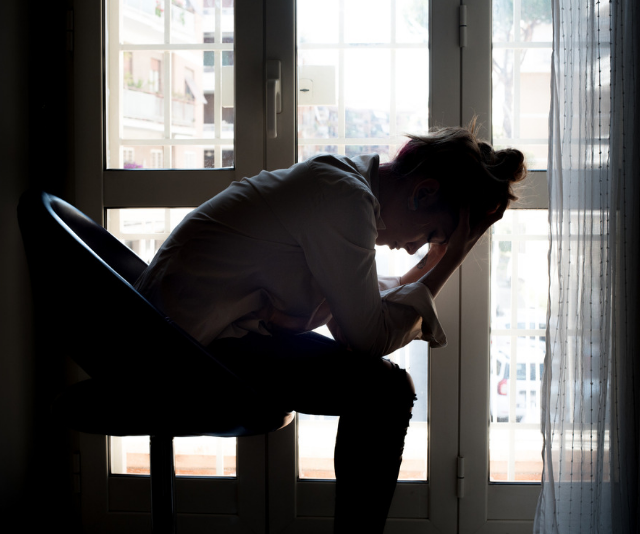How to buy the best disposable nappy
You'll buy thousands of them so you'll want the best.
When you have a baby, the most essential product you’ll rely on is the nappy. Not only does it keep your bub clean (most of the time), choosing the right nappy for your baby can ensure his comfort and help keep leakage at bay.
You’ll need up to 12 nappies a day for a newborn and 6-8 for a toddler.
The best nappy comes down to a variety of factors from fit, to absorption to price.
How to choose the best nappy
1. The right fit
Nappies come in a range of sizes for each stage of a baby’s development. You will notice that nappies span from premmie and newborn through to infant, toddler, walker and junior. Select the nappy that matches the weight of your baby to ensure a snug and comfortable fit and you will also receive maximum leakage protection.
2. Avoid stocking up on one size
It’s great to be prepared and even better to snap up an extra pack or two if they are on sale, however avoid buying too many nappies in the one size, as babies tend to outgrow their nappies quickly.
3. Soft and comfortable
Comfort is key to a happy baby. Look out for nappies that use soft materials and have additional comfort features – such as double support gathers around the legs. This will more evenly distribute the pressure from the leg band elastic, delivering a snug fit and superior leakage protection without the red marks.

A comfortable nappy is key to a happy baby.
4. Super absorbent
Choose a nappy that absorbs moisture quickly and leaves baby feeling dry. Look for features such as a special layer which actively draws liquid from the nappy’s surface to help preserve dryness.
5. Change time
For maximum comfort, change your baby’s nappy frequently – especially in the newborn stage. Clean them with a gentle baby wipe that is dermatologically tested and free of alcohol and fragrances before fitting a new nappy.
6. Easy to use
With plenty of nappy changes you will want a nappy that’s easy and quick to fasten and stay closed during use.
7. Eco-friendly
Biodegradable disposable nappies use a non-chemical absorption method and decompose more quickly than ordinary disposable nappies. These nappies are better for the environment but they tend to be more expensive.




